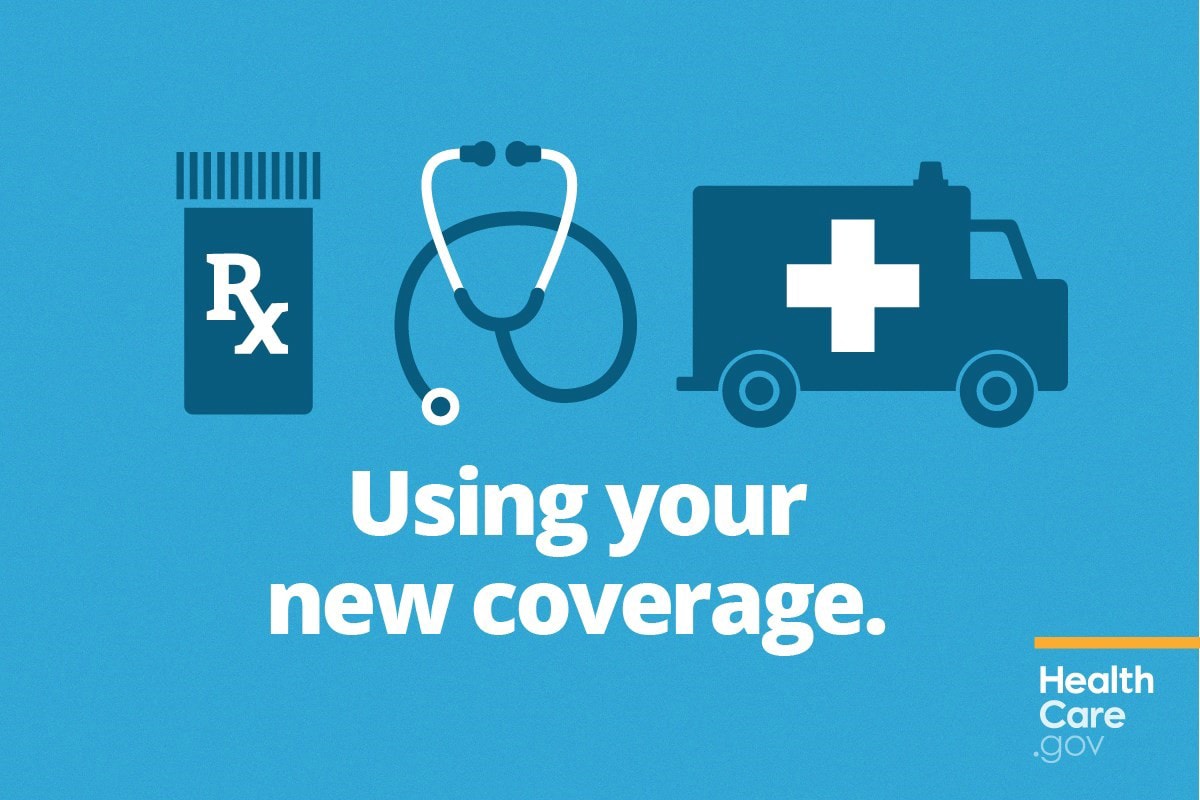Nearly half of Alzheimer’s care contributors had to reduce their own expenses – including food, medical care, and transportation – in order to pay for dementia-related care for a loved one with Alzheimer’s, according to the Alzheimer’s Association’s 2016 Alzheimer’s Disease Facts and Figures, released today. Care contributors – family and friends who provide direct care and/or financial support to people with the disease – are 28 percent more likely than other adults to eat less or go hungry because they cannot afford food. And, one in five report cutting back on their own doctor visits due to their caregiving responsibilities.
The 2016 edition of Facts and Figures also reports:
- An estimated 5.4 million Americans are currently living with Alzheimer’s disease, including 200,000 individuals under age 65 who have younger-onset Alzheimer’s.
- One in nine seniors has Alzheimer’s, with nearly one-third of people aged 85 and older living with the disease.
- By 2050, the number of people aged 65 and older with Alzheimer’s is projected to reach 13.8 million and could be as many as 16 million.
- Alzheimer’s is the sixth-leading cause of death in the United States and the fifth-leading among seniors.
- In 2016, an estimated 700,000 people aged 65 and older will die with the disease, meaning they developed Alzheimer's before they died.
- In 2015, more than 15 million Americans provided 18.1 billion hours of unpaid caregiving – worth an estimated $221 billion – to family members or friends with dementia.
- The cost of caring for those with Alzheimer’s will be an estimated $236 billion in 2016, with Medicare and Medicaid paying over two-thirds of the total.
Care contributors who lost income because they had to cut back or quit work in order to meet the demands of caregiving, lost, on average, $15,000 a year. One in five had to spend money from their own retirement savings to help pay for dementia-related care. Many also had to sell personal belongings (13 percent) and cut back on spending for their children’s education (11 percent).
To read the entire 2016 Alzheimer’s Disease Facts and Figures report or to see Alzheimer’s statistics for your state, visit alz.org/facts.


















